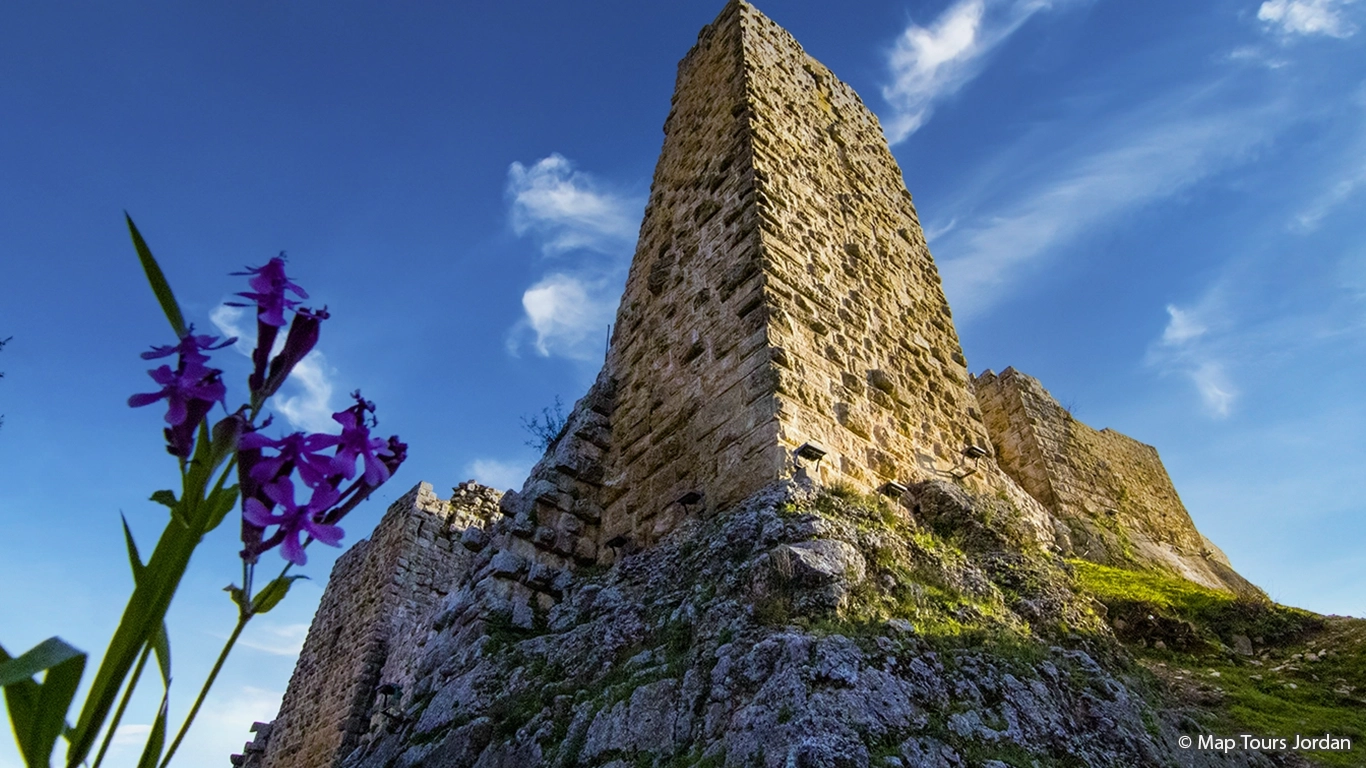The Ajlun area has a long history of human settlement, due to its Mediterranean climate, dense forests, and fertile soil. This rich history is reflected in the many archaeological ruins scattered in the woodlands and surrounding villages.
In the village of Tubna, the visitor will find a Zeidani mosque and a meeting hall dating back to 1750 AD. The visitor will also find a structure known as “Al’ali Shreidah,” home of the governor of the region before the establishment of modern Jordan. The governor’s home was much admired by the contemporaries due to the fact that it was the first two-level building in the region.
Settlement in Zubia Village – Ajlun Area dates back to the Byzantine period. There is an area in the village known as “the monastery,” which contains the remains of an old Byzantine church.
There are also houses and stables dating back several hundred years.
A spring located in a valley between Zubia and Tubna served as a major source of water for the surrounding settlements. Today, there are more than ten villages surrounding the Ajlun Reserve. Some villagers are involved in farming crops such as grapes, figs and olives while others work in the public sector. The Ajlun area is famous for its olive trees and its assorted products.
Ajlun Castle, more formally known as Qal’at Ar-Rabad, is the major ancient monument within the Ajlun region. It towers above the green hills and can be seen from many miles away, betraying its strategic purpose as a military watch post that protected the trade routes in the 12th-15th centuries. It was first built in 1184 by one of Saladin’s generals, Izzeddin Usama Mungidh, to repel the Crusader threats to north Jordan (the Crusaders had already occupied south Jordan, from their massive castles at Showbak and Karak, and were driven out of TransJordan in 1188/1189). The Ajlun castle was expanded into its current configuration in 1214.
The castle is one of the best preserved and most complete examples of Medieval Arab-Islamic military architecture. Among its main features are a surrounding dry moat, a drawbridge into the main entrance, the fortified entrance gate (with decorative stone pigeon carvings), a massive south tower, and several other towers on all sides. The castle boasts a labyrinth of vaulted passages, winding staircases, long ramps, enormous rooms that served as dining halls, dormitories, and stables, a total of 11 water cisterns, and the private quarters of the Lord of the Castle (complete with a small stone bathtub and rectangular windows that convert into arrow-slits for defensive purposes).
From the top of the castle, visitors can enjoy panoramic views of the Jordan Valley and the highlands of north Jordan. Excavations have recently identified a church that was built on the castle site in the earlier Byzantine period, while restoration and conservation works have made all areas of the castle accessible and safe for visitors.


Comment (0)